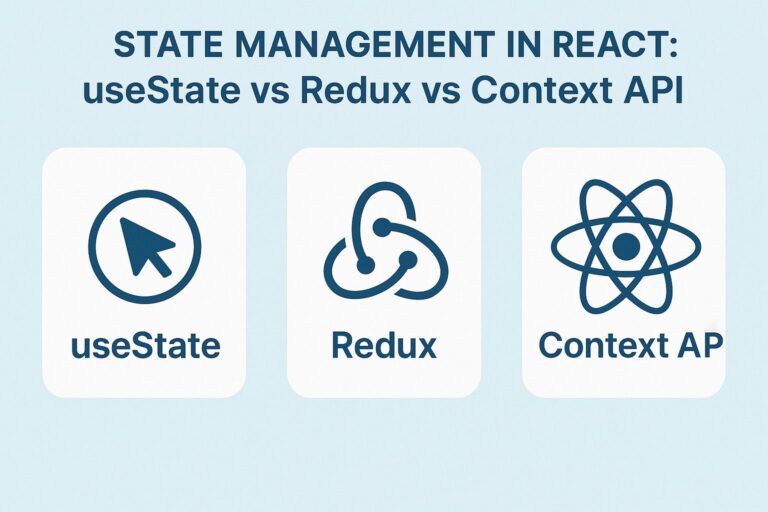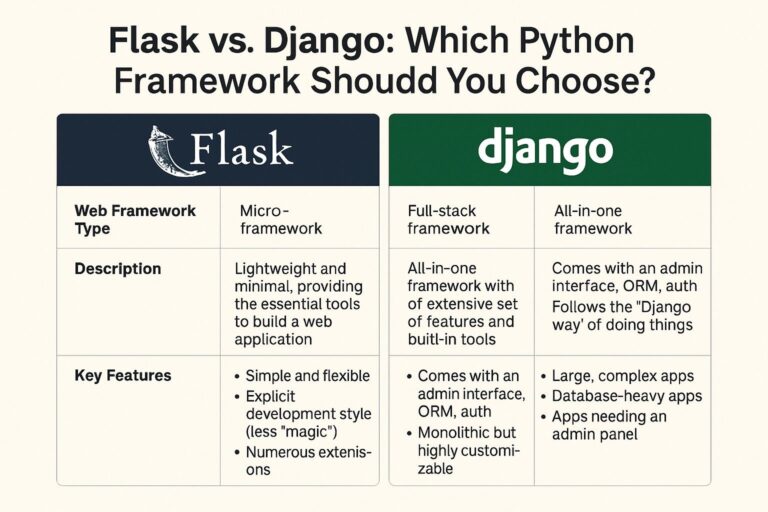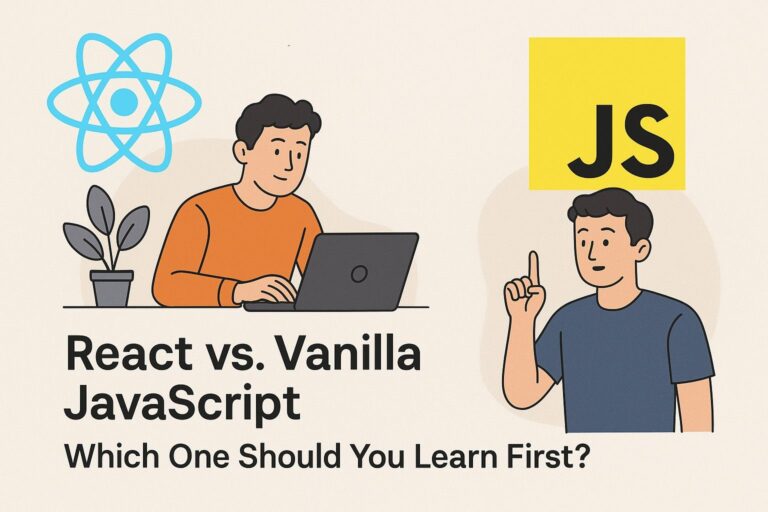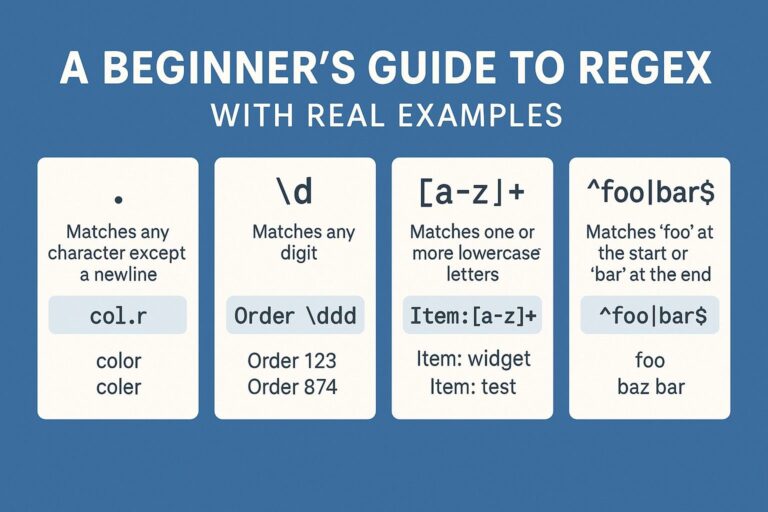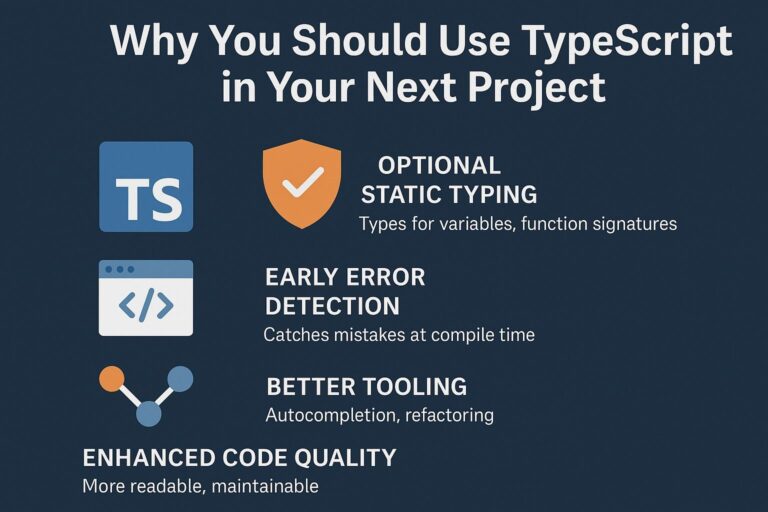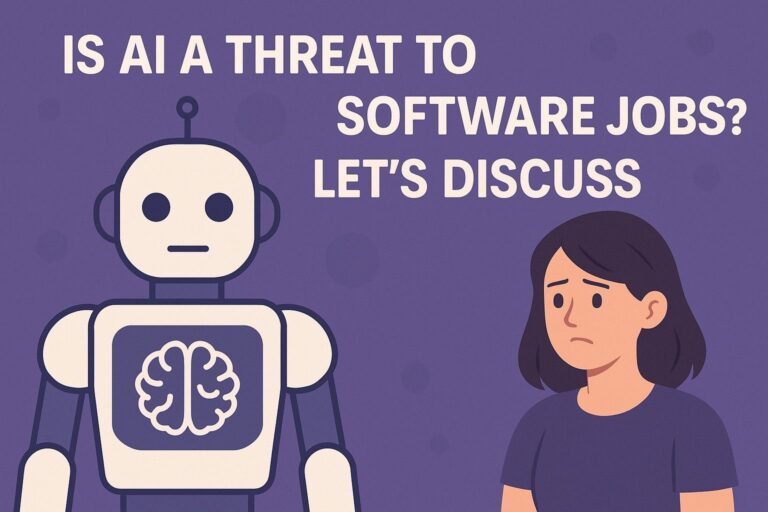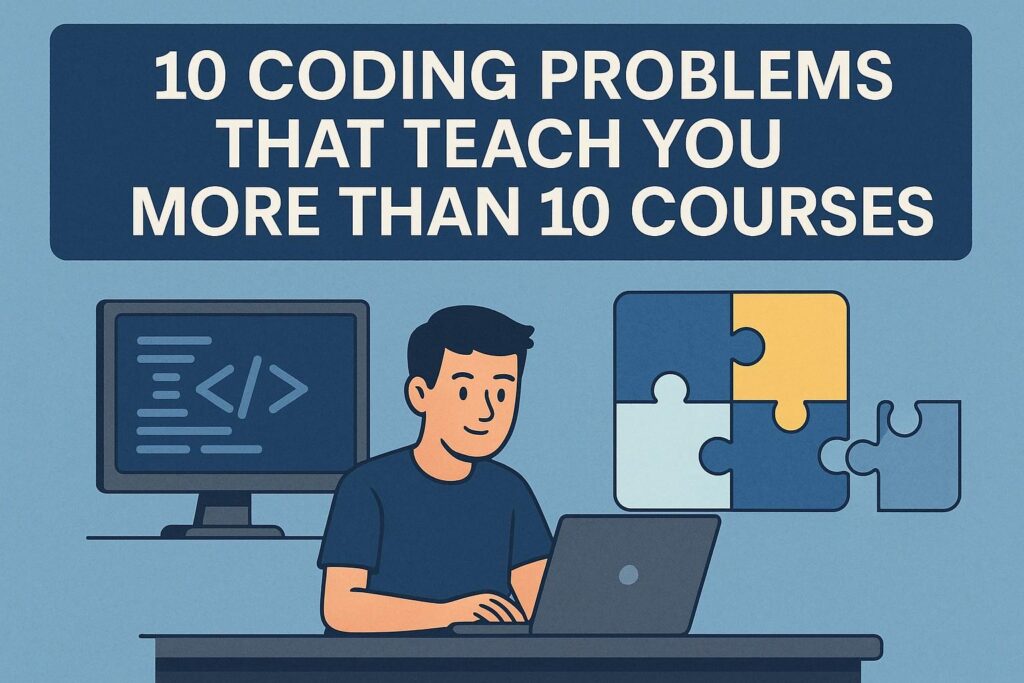
In programming, nothing accelerates your growth more than solving meaningful problems. While tutorials, books, and video courses can help you grasp concepts, true mastery comes from application. The right coding problems don’t just challenge your memory—they shape how you think, approach complexity, and debug real-world software issues.
Whether you’re preparing for coding interviews, exploring data structures and algorithms, or just trying to become a sharper developer, the following 10 problems are powerful learning tools. Each one introduces foundational computer science concepts and teaches techniques you’ll use for the rest of your programming career.
These aren’t just exercises—they’re real-world problem-solving lessons that teach you more than 10 theoretical courses ever could.
1. Two Sum (Array Traversal + Hashing)
Problem:
Given an array of integers and a target sum, return the indices of the two numbers that add up to the target.
What You Learn:
- Efficient array traversal
- Use of hash maps for constant-time lookups
- Optimizing brute-force approaches from O(n²) to O(n)
Why It’s Valuable:
This classic problem teaches you to think beyond loops and start recognizing patterns like using auxiliary data structures (like hash tables) to improve performance. You’ll also learn to analyze time vs space complexity—a skill critical for scalable development.
Use Case Insight: Search optimization, caching strategies, and resource allocation problems in backend development often rely on similar hash-based logic.
2. Reverse a Linked List (Pointers + Iteration)
Problem:
Reverse a singly linked list without using additional memory.
What You Learn:
- How pointers and node references work
- Linked list traversal and manipulation
- In-place data mutation
- Recursive and iterative techniques
Why It’s Valuable:
Many developers are comfortable with arrays but struggle with pointers and memory manipulation. This problem builds low-level understanding of how data structures behave in memory, making it essential for backend, systems, and embedded developers.
Bonus: Try implementing both recursive and iterative versions to grasp stack frames and pointer reassignment deeply.
3. Valid Parentheses (Stacks + Expression Parsing)
Problem:
Given a string containing only brackets, determine if the brackets are closed and nested correctly.
What You Learn:
- Stack-based logic (Last-In, First-Out)
- Expression parsing and validation
- Handling nested structures and edge cases
Why It’s Valuable:
It’s a gateway to syntax checking, which is the basis of parsers, compilers, and interpreters. The logic of opening and closing tags also applies to HTML parsing, JSON validation, and even XML document verification.
Advanced Variation: Include different types of characters, or build a custom language parser.
4. Merge Intervals (Sorting + Greedy Algorithms)
Problem:
Given a list of intervals, merge all overlapping intervals.
What You Learn:
- Sorting based on custom conditions
- Greedy problem-solving
- Managing and modifying ranges
Why It’s Valuable:
This problem helps you master scenarios where you have to group, combine, or filter overlapping data. That’s extremely useful in scheduling systems, calendar applications, and video rendering timelines.
Extension: Apply similar logic to room booking systems or event schedulers.
5. Longest Substring Without Repeating Characters (Sliding Window)
Problem:
Given a string, find the length of the longest substring without repeating characters.
What You Learn:
- Sliding window technique
- Hash sets for tracking state
- Managing dynamic ranges in real-time
Why It’s Valuable:
The sliding window pattern appears in countless scenarios, from stream processing to real-time analytics. This problem strengthens your understanding of space-efficient algorithms and teaches you how to handle changing state within a moving window.
Real-World Example: Token-based session management, key-stroke pattern detection, or substring matching in compilers.
6. Binary Search in Rotated Sorted Array
Problem:
Search a target value in a rotated sorted array with O(log n) complexity.
What You Learn:
- Binary search adaptation
- Dealing with rotated or partially sorted data
- Complex condition-based traversal
Why It’s Valuable:
Binary search is often taught in its classic form, but real-world data is rarely perfect. This variation trains you to extend core algorithms for practical use, like searching through versioned logs, circular buffers, or rotated data files.
Challenge: Implement it with recursion and iteration. Then compare time and space usage.
7. Clone a Graph (Graph Traversal + Deep Copying)
Problem:
Given a node in a graph, create a deep clone of the graph.
What You Learn:
- Graph traversal using BFS and DFS
- Handling cycles with visited tracking
- Deep copying complex structures
Why It’s Valuable:
This problem is a staple in system design and architecture. Cloning is foundational in backup systems, graph databases, distributed systems, and even game engines where state replication is necessary.
Extra Challenge: Implement both BFS and DFS and measure memory consumption.
8. Find the Missing Number (Math + XOR Trick)
Problem:
You are given n numbers from the range [0, n], with one number missing. Find it.
What You Learn:
- Arithmetic series formulas
- XOR properties for bitwise solving
- Using mathematical insight to avoid extra loops
Why It’s Valuable:
It teaches you how to reduce code complexity with clever math, and how to work with bitwise operations—which are often underused but very powerful in performance-critical applications.
Extension: Try with duplicate entries or multiple missing numbers.
9. Word Ladder (BFS + Dictionary Transformation)
Problem:
Transform one word into another by changing only one letter at a time, ensuring each intermediate word is valid. Return the shortest transformation sequence.
What You Learn:
- BFS traversal in non-numeric structures
- Use of queues and hash sets
- Layered problem-solving and level-order traversal
Why It’s Valuable:
It blends graph theory with language processing, which is directly applicable to AI search, natural language processing, and pathfinding algorithms in gaming and robotics.
Advanced Version: Add weighted transformations and use Dijkstra’s algorithm.
10. LRU Cache (System Design + Data Structure Integration)
Problem:
Design a data structure that supports O(1) get and put operations for a Least Recently Used (LRU) cache.
What You Learn:
- Custom class design
- Combining hash maps with doubly linked lists
- Resource eviction strategies
Why It’s Valuable:
This is a real-world system design problem. Every major software platform (like browsers, databases, and operating systems) implements some form of caching. Building this from scratch teaches you about memory management, access frequency, and efficient eviction policies.
Interview Tip: Explain both logic and trade-offs clearly—candidates who solve this well stand out.
Final Thoughts: Learning by Solving
These 10 problems go far beyond academic theory. Each one is an opportunity to:
- Deepen your algorithmic thinking
- Improve your debugging skills
- Develop coding fluency
- Learn patterns you’ll reuse across projects
Pro Tips to Maximize Learning:
- Solve each problem in at least two languages
- Re-implement the solution after a week from memory
- Add new constraints (e.g., limited space, recursion only)
- Write your own test cases and edge cases
- Teach the solution to someone else or blog about it
Consistency is key. These 10 problems, if mastered well, will build a strong mental model of how code behaves, regardless of the language, platform, or domain.

I’m Shreyash Mhashilkar, an IT professional who loves building user-friendly, scalable digital solutions. Outside of coding, I enjoy researching new places, learning about different cultures, and exploring how technology shapes the way we live and travel. I share my experiences and discoveries to help others explore new places, cultures, and ideas with curiosity and enthusiasm.

